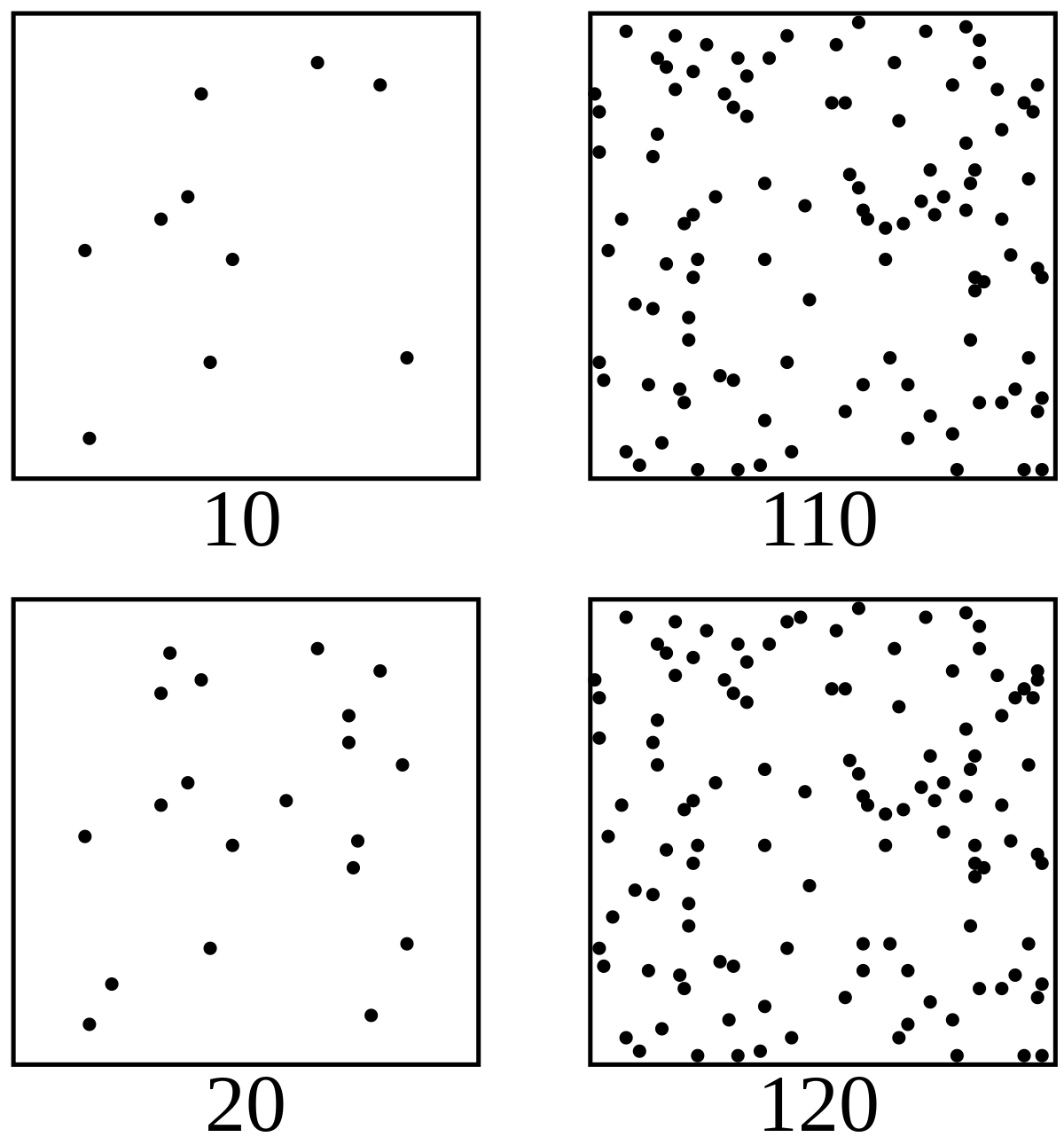- Μηνύματα
- 5.405
- Reaction score
- 9.465
Σύμφωνα με το παρακάτω άρθρο που αποσπάσματικα παραθέτω, η ιδανική στάθμη ήχου σε ένα στούντιο κυμαίνεται από 80 μέχρι 87ντιμπι.
Τροφή για σκέψη λοιπον
Hearing tired
Everyone has probably experienced this before: We listen to our favorite music and after a while we get used to the volume. What do we do? We increase the volume. The longer we listen, the more we feel the need to turn up a bit. If we now take a short break and then continue listening to the music, we are briefly startled: "Oops, is that loud." Yes, unfortunately our hearing tires very quickly and we want to get more input by turning up the volume.
What do we do about the rapid fatigue of our hearing? We take a break often. When we feel like we want to turn up the volume, it's a sign to take a break. Get out of the studio. Have a coffee. Or go for a walk. A 15-minute break is enough to have “fresh ears” again. At some point after hour x, a small break no longer helps. We just can't hear some details exactly anymore. Then it will be time to continue the next day at the earliest.
The right listening level in the studio
It is important to monitor at a constant level throughout the mix in the recording studio or home studio. This level should also have a certain volume. Because our hearing is not equally sensitive to all frequencies at every volume. The louder we listen, the stronger we perceive the bass. So we hear more bass in the studio than is actually there. We'd mix the lows too quietly. In the opposite case, if we listen too quietly, we mix the bass too loud.
In addition, loud eavesdropping has two other disadvantages:
The louder we listen, the faster our hearing gets tired
We damage our hearing when listening out loud
To know how loud it really is, we need a level meter. I have a Teufel level meter. I set this to 80, C-weighted and a slow response time. That comes very close to the human ear. The volume is then adjusted so that the level meter shows a volume between 80-87 dB SPL. Why this volume? At this level, we hear the frequencies most evenly.
The perceived frequency response at the different volumes is shown in the Fletcher-Munson curve. This makes it clear that 80-87 dB SPL represents the most balanced (optimal) frequency range for our hearing.
https://tonstudio-wissen.de/abhoerlautstaerke-richtige-lautstaerke-tonstudio/
Τροφή για σκέψη λοιπον
Hearing tired
Everyone has probably experienced this before: We listen to our favorite music and after a while we get used to the volume. What do we do? We increase the volume. The longer we listen, the more we feel the need to turn up a bit. If we now take a short break and then continue listening to the music, we are briefly startled: "Oops, is that loud." Yes, unfortunately our hearing tires very quickly and we want to get more input by turning up the volume.
What do we do about the rapid fatigue of our hearing? We take a break often. When we feel like we want to turn up the volume, it's a sign to take a break. Get out of the studio. Have a coffee. Or go for a walk. A 15-minute break is enough to have “fresh ears” again. At some point after hour x, a small break no longer helps. We just can't hear some details exactly anymore. Then it will be time to continue the next day at the earliest.
The right listening level in the studio
It is important to monitor at a constant level throughout the mix in the recording studio or home studio. This level should also have a certain volume. Because our hearing is not equally sensitive to all frequencies at every volume. The louder we listen, the stronger we perceive the bass. So we hear more bass in the studio than is actually there. We'd mix the lows too quietly. In the opposite case, if we listen too quietly, we mix the bass too loud.
In addition, loud eavesdropping has two other disadvantages:
The louder we listen, the faster our hearing gets tired
We damage our hearing when listening out loud
To know how loud it really is, we need a level meter. I have a Teufel level meter. I set this to 80, C-weighted and a slow response time. That comes very close to the human ear. The volume is then adjusted so that the level meter shows a volume between 80-87 dB SPL. Why this volume? At this level, we hear the frequencies most evenly.
The perceived frequency response at the different volumes is shown in the Fletcher-Munson curve. This makes it clear that 80-87 dB SPL represents the most balanced (optimal) frequency range for our hearing.
https://tonstudio-wissen.de/abhoerlautstaerke-richtige-lautstaerke-tonstudio/



 ας τον πειράξουμε και λίγο
ας τον πειράξουμε και λίγο
